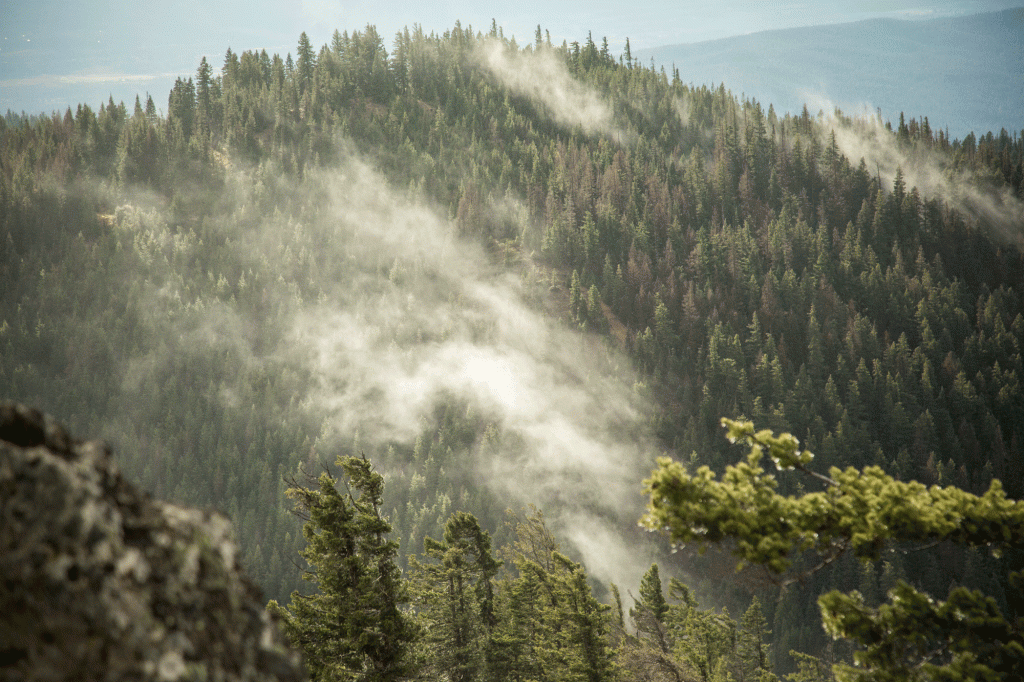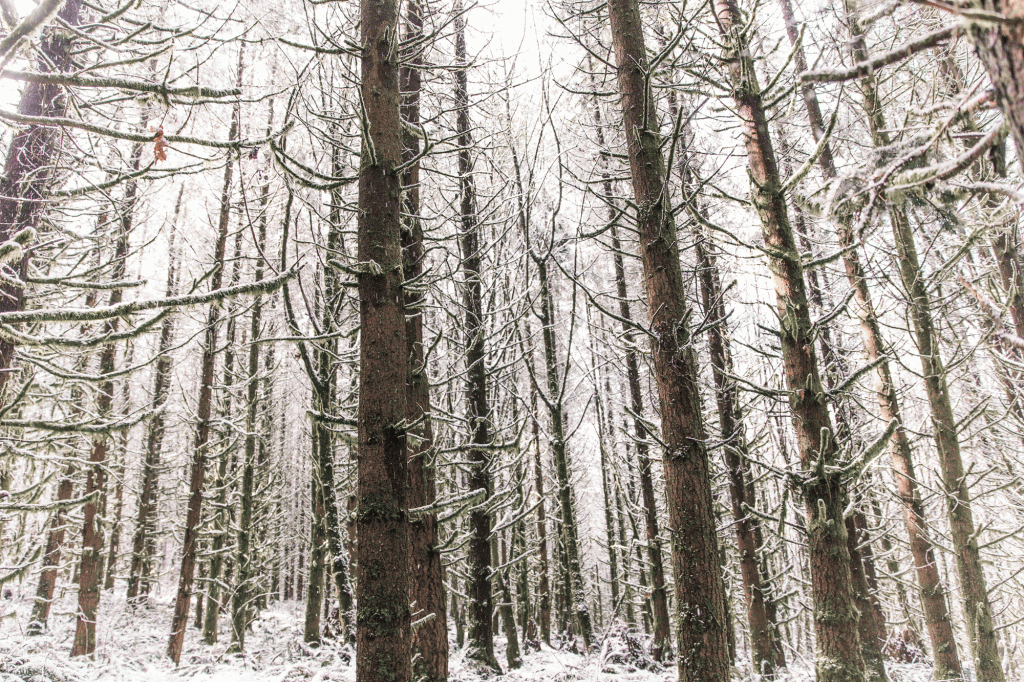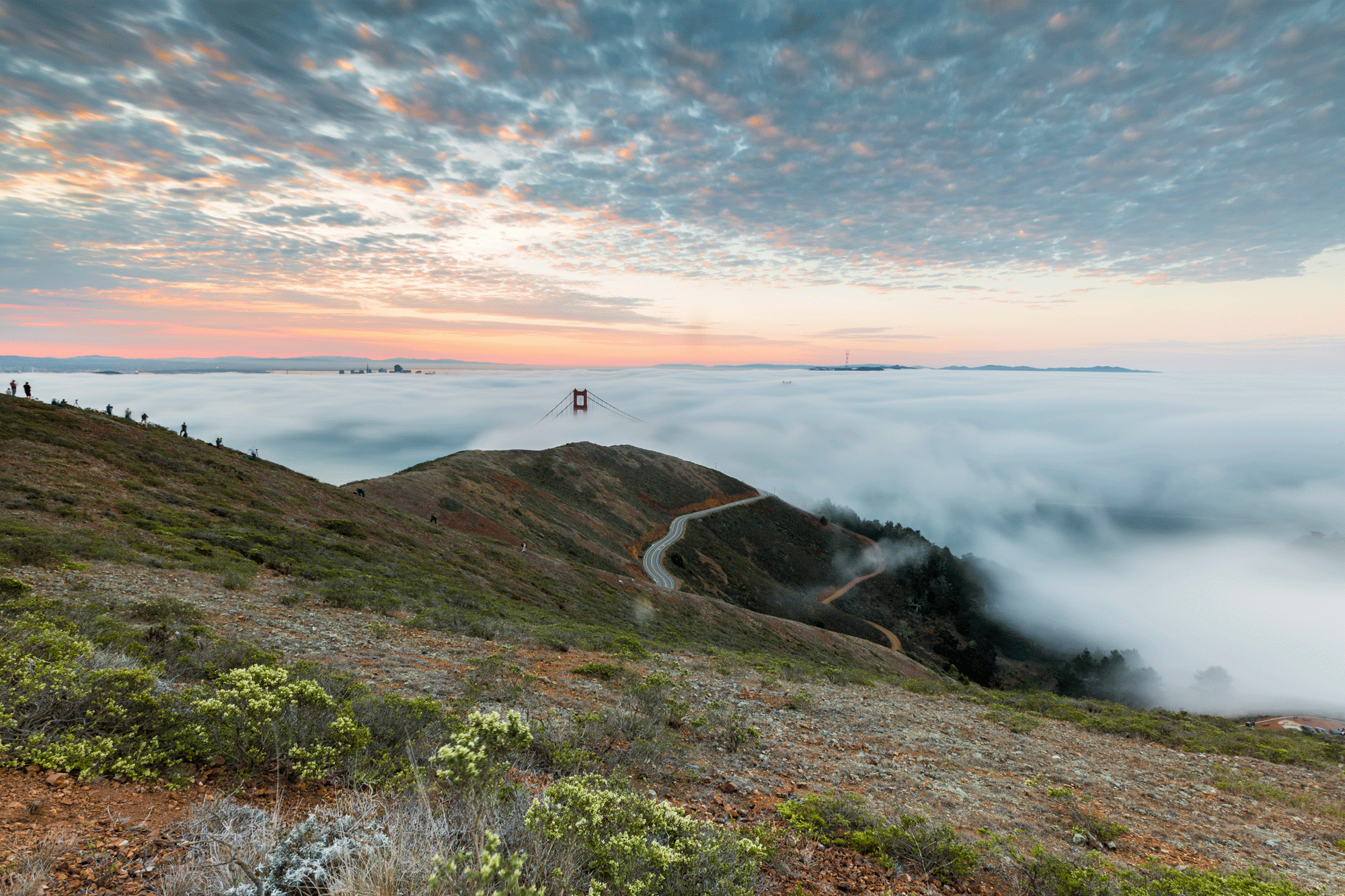I’ve experienced it over and over again, and I bet you have too: When I’m going through something stressful, I find that one of the only things that really makes me feel better is getting outside. After I lost my job during a round of layoffs last year, I spent the following weeks trail running along Discovery Park’s paths in urban Seattle and hiking the mountainous trails of North Bend, Washington. There, surrounded by trees, I felt my stress melt away. I decided on my plans for the future while sitting beside an alpine lake and I angrily processed my emotions while throwing small stones into the Puget Sound. When I spent time outside, I came home feeling a lot better than when I’d left.
This story is, of course, anecdotal. But if you love the outdoors like I do, you probably have your own stories about how getting outside seemed to calm your mind, reduce your anxiety, and even help you think more clearly about complicated problems.
One of the biggest puzzles in social science right now involves trying to figure out what kinds of outdoors spaces are best for certain kinds of people. While scientists know that being outside has some benefits for some people, they’re trying to learn more about how and why we’re impacted. In my case, was that city park as positively impactful on my mental health as the alpine lake? And would someone with less anxiety but more depressive tendencies than me respond in the same way to those environments? University of Washington (UW) social scientist Kathleen Wolf and her colleague, Greg Bratman, an assistant professor at the UW College of the Environment, are searching for the answers to those very questions.
The benefits of getting outside
Over the past few decades, social scientists, environmental advocates, city planners and policy researchers have demonstrated a clear link between human health and spending time outdoors.
“We have always known about the benefits of being outdoors intuitively,” says Wolf, “but there’s been a surge of research in recent decades that has confirmed these feelings.”
For example, we know that being outside, surrounded by nature, can lead to increases in self-reported happiness, reduced rates of depression and hostility, less anxiety and stress, and what Wolf describes as “restorative experiences,” or coming into a situation with feelings of heightened stress and fear, and leaving with fewer of those feelings. In clinical locations like hospitals, recovery centers and doctors’ offices, studies show that encounters with nature (like short walks outside between appointments or even views of trees through the windows) can reduce the intensity of difficult medical symptoms and even help people get better, faster. Plus, there are positive physical benefits to being in nature, like increased movement and better heart health.
In other words, we now know for sure that there’s a pretty strong link between being outside and feeling better physically and mentally. But we don’t yet know why we feel better when we’re outdoors, or where these benefits are their most powerful.
Do city green spaces count as “nature?”
Researchers like Wolf and Bratman spend a lot of their time grappling with this question: How do you define “nature?”
Is nature your yard? A street with trees? A mountainside path? In other words, if nature is good for us, where do we need to go to get this dose of nature medicine? So far, it’s looking as though “nature” might encompass both city-based green spaces, like parks, arboretums and greenways; as well as more rural green spaces, like mountainscapes, ocean beaches and lakes.

Preliminary research suggests that both urban and rural (non-city) green spaces offer variations on those awesome benefits listed above, such as reduced anxiety and increased happiness. Wolf compares being outside to daily nutrition: While we sometimes travel to wild places like national parks or the mountains, that’s rare for most people. “I liken those to feasts, like Thanksgiving, or exceptional dinners,” she says. Urban outdoor spaces, then, end up being the everyday nutrition for most of us. “That’s what sustains us,” she says.
What do we know so far? First, being outside also seems to help boost our creativity—and not just after time spent in mountain terrain. According to a 2012 study out of the University of Kansas, going on a four-day hiking experience increased people’s performance on a problem-solving task by a full 50%. The authors hypothesized that because these subjects weren’t used to hiking, being outside kept them away from technology and helped them clue into an emotionally positive and calm setting, which in turn inspired more creative thinking. But this doesn’t just happen in the mountains: Another study, completed in 2013, found that creativity and stress relief also occurred after people visited parks in urban Helsinki, Finland. In other words, your creativity may skyrocket after a few days in the woods, but even 20 minutes in the park can help spark new ideas.
Second, another body of research completed in Finland in 2019 showed that city woodlands, specifically, helped certain people feel restored and energized. In the study, participants took walks in the city center of Helsinki, as well as in urban parks and urban woodlands. After parsing out the data, researchers found that different people responded uniquely to each of the settings, especially based on their love of city living (this was called being “urban-oriented”) and their sensitivity to noise. For people who didn’t love living in cities and tended toward loving nature, the woodlands won out as the most soothing environment. For those who disliked loud noises, both parks and woodlands had positive effects. In most cases, the city green spaces still provided some level of calm and anxiety reduction, despite the fact that they were close to busy roads and loud noises.
This study, in particular, gets at an idea Bratman feels we need to push on as we continue research in this area: We need to look at what kinds of people respond to what kinds of environments.
“We know that spending time in some kind of nature will affect some people in some ways,” he says. “But we can’t answer the question of why with a complete degree of definitiveness of confidence just yet. And there are likely multiple pathways as well.”
Third, it looks like being in nature (both rural and urban) can help us focus better. A 2018 study published in Frontiers in Psychology specifically found that the environment where kids played during recess was key in helping them concentrate better in the classroom, but the only important metric was that the environment be “natural.” In other words, it didn’t matter if the playground was urban or rural. In the study, the kids showed restored attention (both according to the teacher and according to themselves) after they played in nature, versus playing in a “built,” or human-made, environment.
Bratman is specifically working on a study that will help us learn more about the urban versus nature issue. He’s studying veterans who have PTSD, and plans to observe the effect of nature on their mental and physical health in an urban setting (including walks in city centers) and in rural settings (during hikes in wilderness areas).

What makes an urban green space “good?”
Both Wolf and Bratman believe that moving forward, city-centered green spaces are a logical place to focus our energy, especially when it comes to city planning and interventions. Wolf says we already know a few things about building useful urban green spaces, based on research completed during the past decade. First, they need to provide connectivity. It’s important that trees and elements of nature are easy to access in cities, and that they are placed in a way that lets people encounter them one after the other, in a connected way.
And second, recent research supports the importance of biodiversity, suggesting that urban spaces with a mix of species of plants might promote better health outcomes. “It’s about seeing an interesting structure of annuals and perennials,” she says, “but also looking at canopy and having mid-height plants.”
There’s work to be done to make urban green spaces easier to reach and enjoy for people of all walks of life. “For people who live in neighborhoods that have been historically marginalized and have low opportunity on the economic front, there may be less opportunity for nature exposure and access,” Bratman says. “It’s an issue of environmental justice.”
What can you do?
Both Wolf and Bratman agree that it’s important to seek out progressive leaders who understand the importance of preserving public lands but also bringing nature into urban environments, so everyone can have access to it.
“Planners should take environment seriously,” Wolf says. “We need to integrate parks and trees better; this is an essential component of planning systems in cities.”
Bratman also encourages asking questions and getting involved in citizen science projects that could help scientists parse out the true benefits of being outside.


